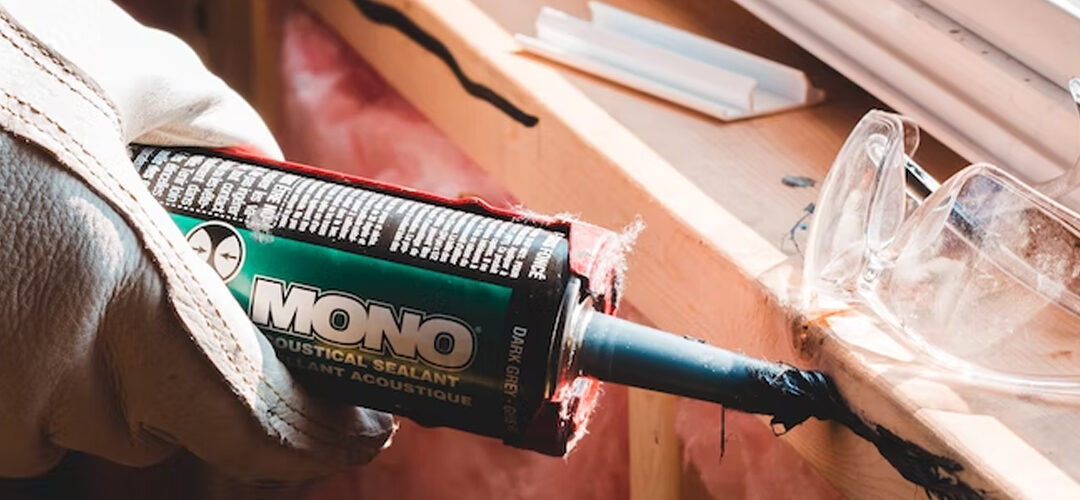If your basement is less welcoming than you’d like, could insulation make a difference?
To cut a long story short, choosing the correct insulation for your basement can significantly impact you.
The basement is frequently left unfinished in older homes. This enables air from the outside to enter the exposed walls, basement ceiling, and rim joist. In addition to making your finished basement entertainment room or spare bedroom uncomfortable, this lack of insulation will cause drafts along the floorboards and also result in cold floors upstairs.
This article will discuss the best insulation for basement walls, floors, and everything.
Types of basement insulation
The three types of insulation most commonly used in basements are spray foam, fiberglass, and foam board.
With over 20 years of expertise, Zavza Seal LLC has insulated thousands of homes. We have information on what insulation alternatives are available and which would work best to make your basement more comfortable.
We have compiled the advantages and disadvantages of each type of insulation to assist homeowners in selecting the finest insulation for their basements as part of our ongoing efforts to educate them so they can make the best home decisions.
Foam board insulation
Foam board insulation is a rigid panel that can completely insulate any area of your home.
The material can be produced using polyurethane, polyisocyanurate, or polystyrene.
Pros
- Certain rigid foam materials can prevent moisture buildup and mildew growth by being water-resistant.
- The stiff foam board can form an air barrier if installed correctly.
- Certain foam board materials, unlike conventional insulation like fiberglass and cellulose, don’t require ongoing maintenance or replacement.
Cons
- The insulation won’t stop airflow if the seams between the sheets and boards are not adequately taped.
- Although the air bubbles in expanded polystyrene boards prevent heat transfer, they may also collect moisture, rendering them useless.
- The foam boards must be precisely cut to fit the space where they will be mounted. Air leakage might happen if the panels are not correctly carved.
Fiberglass insulation
Plastic bonded with fragile glass fibers is used to create fiberglass insulation.
In most older homes, fiberglass is still used as standard insulation in the walls, attic, crawl space, and rim joist.
Pros
- As compared to other basement insulation choices, fiberglass is less costly. This is the biggest reason for its popularity, as most people want a quick, inexpensive fix, and fiberglass insulation gets a win every time.
- Fiberglass installation is indeed a do-it-yourself project if you intend to finish the basement from top to bottom yourself. Perfect for those DIY doers who are looking for their next big project.
Cons
- Since it traps condensation, fiberglass in the basement is vulnerable to mold problems.
- The air-permeable nature of fiberglass batts means that warm, humid interior air can still come in contact with the wood studs in the basement. Condensation and moisture concerns can result from this.
- If the fiberglass is damaged, this could emit airborne particles that might be inhaled or embedded in the skin.
Spray foam insulation
When sprayed, spray foam insulation is made to fit into every crevice, including the one in your basement.
With the use of spray foam, you can seal off your basement and prevent outside air from entering.
Pros
- Since spray foam insulation doesn’t hold onto water, it doesn’t encourage mold or mildew formation, making it a perfect choice for basement insulation.
- Drafts near your floors will be lessened because of the airtight barrier that spray foam produces.
- To prevent the noise from your basement recreation area from disturbing the rest of your home, use open-cell spray foam.
Cons
- When insulating the basement, spray foam insulation is more costly. This is because professionals will need to come in and spray this insulation on for you. The equipment that they have is not readily available in the market.
- Air leakage is still possible if the material is not placed correctly, which can cause discomfort in the area.
Choosing the best insulation for your basement walls, floors, and ceilings
Your basement has to be insulated to prevent moisture problems and to resist a cold and uncomfortable environment.
Foam board or fiberglass are excellent possibilities if you’re searching for a less-priced solution to install yourself. Spray foam is the best option if you want to make an air seal in your basement to improve the comfort of the area.
Related Blog Posts:
Related Services:
Our service areas:
Get A Free Estimate

